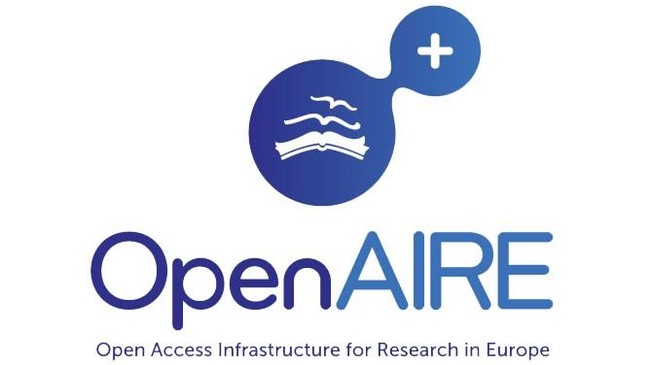STUDI PENGARUH ALIRAN KONVEKSI PADA PERBEDAAN LETAK SUBSTRAT PROSES SINTESIS STRUKTUR KRISTAL ZNO NANOROD
DOI:
https://doi.org/10.21009/03.SNF2020.01.FA.07Abstract
Abstrak
Berdasarkan hasil review, ZnO nanorod dapat ditumbuhkan diatas substrat silicon (Si) pada suhu 90 ºC dengan Teknik Hidrotermal selama 2 jam. Pengamatan dilakukan untuk melihat pengaruh aliran konveksi pada peletakan substrat di dalam botol selama proses sintesis terhadap struktur kristal nanorod ZnO. Scanning Electron Microscopy (SEM) akan dilakukan untuk menguji morfologi sampel nanorod ZnO. Teknik difraksi sinar-x (XRD) akan dilakukan untuk menguji struktur kristal nanorod ZnO pada suhu ruang. Spektrum XRD yang diperoleh akan dikonfirmasi menggunakan standar yang mengacu pada Inorganic Crystal Structure Database (ICSD). Perhitungan Full Width at Half Maximum (FWHM), ukuran kristalit, dan strain akan dilakukan sesuai persamaan Debye-Scherer. Selanjutnya penelitian ini diharapkan dapat berupa analisis pada sampel nanorod ZnO di atas substrat Si yang disintesis dengan posisi letak berbeda.
Kata Kunci: Nanorod ZnO, Konveksi, Posisi, SEM, XRD
Abstract
Based on paper review, ZnO nanorod can be grown on silicon substrate (Si) by hydrothermal at 90 oC for 2 hours. Observations were made to see the effect of convection flow on the placement of the substrate in the bottle during the synthesis process of the ZnO nanorod crystal structure. Scanning Electron Microscopy (SEM) will be conducted to answer the morphology of ZnO nanorod samples. X-ray diffraction (XRD) techniques will be carried out to provide the crystal structure of ZnO nanorods at room temperature. The XRD spectrum obtained will use the standard requested in the Inorganic Crystal Structure Database (ICSD). Calculations of Full Width at Half Maximum (FWHM), crystallite size, and strain will be performed according to Debye-Scherer. Furthermore, this research can be carried out sample analysis on ZnO nanorods on Si substrate synthesized with different position.
Keywords: ZnO Nanorod, Convection, Position, SEM, XRD
References
[2] A. Vanaja and K. S. Rao, “Effect of Co Doping on Structural and Optical Properties of Zinc Oxide Nanoparticles Synthesized by Sol-Gel Method,” Adv. Nanoparticles, vol. 05, no. 01, pp. 83-89, 2016.
[3] M. Chakraborty, P. Mahapatra and R. Thangavel, “Structural, optical and electrochemical properties of Al and Cu co-doped ZnO nanorods synthesized by a hydrothermal method,” Thin Solid Films, vol. 612, pp. 49-54, 2016.
[4] K. W. Jung, S. Y. Lee and Y. J. Lee, “Hydrothermal synthesis of hierarchically structured birnessite-type MnO2/biochar composites for the adsorptive removal of Cu(II) from aqueous media,” Bioresour, Technol, vol. 260, no. 2, pp. 204-212, 2018.
[5] G. T. Zhu, et al., “Hydrothermally tailor-made chitosan fiber for micro-solid phase extraction of petroleum acids in crude oils,” J. Chromatogr A, vol. 1564, pp. 42-50, 2018.
[6] G. Gallina, et al., “Hydrothermal extraction of hemicellulose: from lab to pilot scale,” Bioresour Technol, vol. 247, pp. 980-991, 2018.
[7] P. Gu, X. Zhu and D. Yang, “Vertically aligned ZnO nanorods arrays grown by chemical bath deposition for ultraviolet photodetectors with high response performance,” J. Alloys Compd, vol. 815, p. 152346, 2020.
[8] B. Efafi, et al., “Improvement in photoluminescence behavior of well-aligned ZnO nanorods by optimization of thermodynamic parameters,” Phys. B Condens Matter, vol. 579, p. 411915, 2020.
[9] P. Khamkhom et al., “Hydrothermal synthesis of photo-induced hydrophilic ZnO nanorods,” Mater Today Proc, vol. 5, no. 6, pp. 14121-14125, 2018.
[10] S. Inaba, “Primary Formation Path of Formaldehyde in Hydrothermal Vents,” Orig. Life Evol. Biosph, vol. 48, no. 1, pp. 1-6, 2018.




